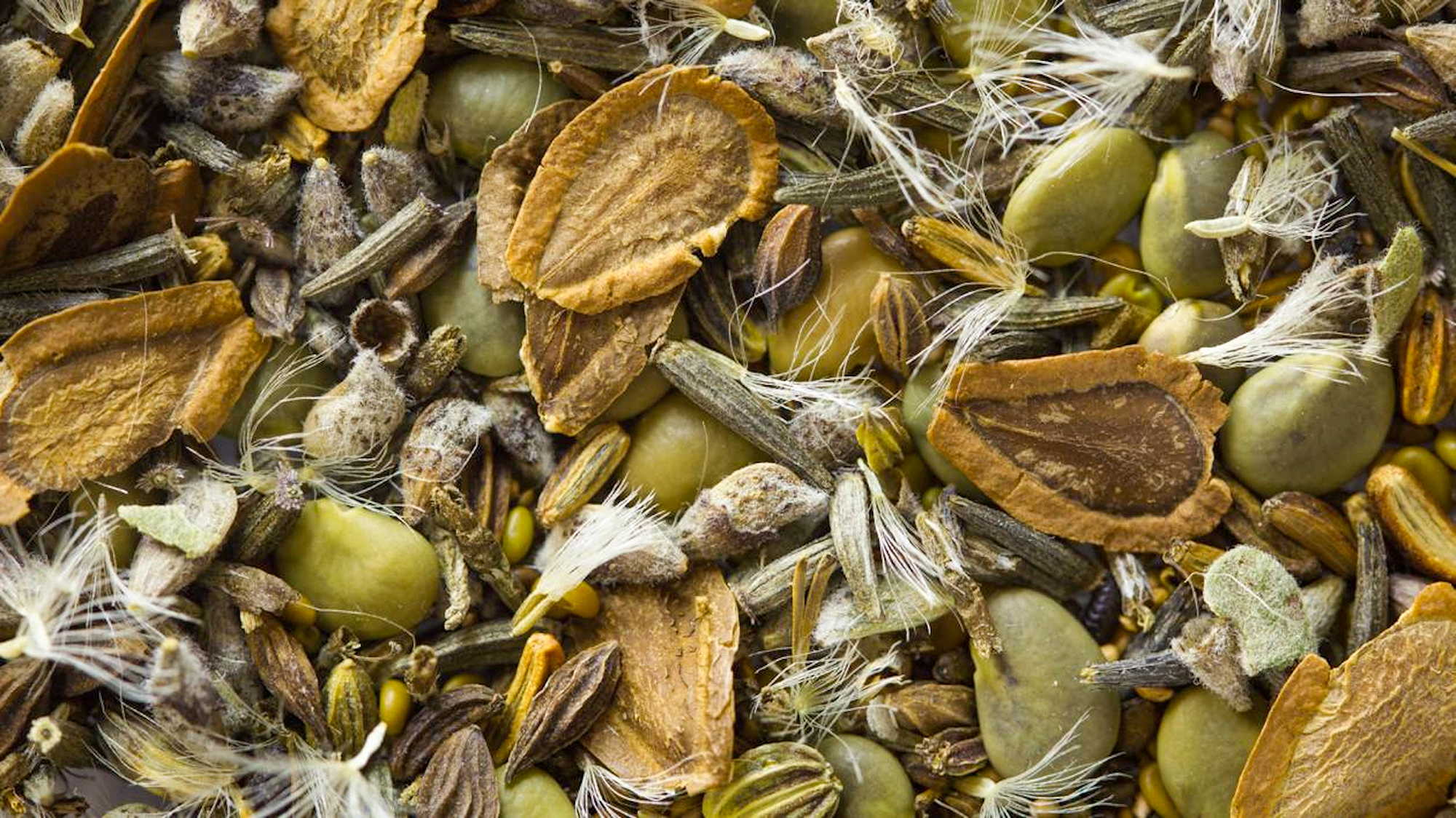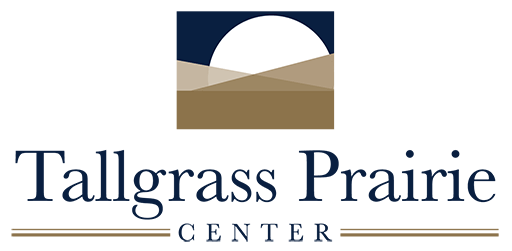Seeding Rates
Table of Contents
Put Down Enough Good Seed to Get Timely Vegetative Cover and Ensure Planting Success
Steeper slopes require heavier seeding rates. To achieve adequate erosion control, increasing the amount of grass in the mix is more cost-efficient than increasing the forbs. As a result, roadside plantings tend to have a higher grass-to-forb ratio than other prairie restorations. No matter how much native grass seed is included, at least 25% of the mix’s weight should be a forb component to achieve adequate diversity and long-term stability. For even more diversity that will provide more visual appeal to drivers and attract pollinators, increase the proportion of forbs to 50%. Some counties and cities—especially those with their own forb seed plots—may exceed 50% forb content for intersections and other highly visible plantings.
Seeding rates are calculated in one of two ways:
- seeds per square foot (seeds/sq. ft.)
- lbs. per acre (lbs./acre)
Though frequently used, lbs./acre is not a precise way of measuring the number of seeds planted since seed weights vary greatly between species. For example, one ounce of compass plant contains 660 seeds, while one ounce of black-eyed Susan contains 92,000 seeds. Under actual working conditions, even the best attempts at measuring seed quantities in the field will be imprecise. However, for the most accurate calculation of seeding rates, use seeds/sq. ft.
Seeding rates for roadside mixes are determined by the slope of the roadside where the seeds will be planted and, to a lesser degree, the seeding method that will be used (i.e., drill seeding, broadcast seeding, or hydroseeding). Cost can also be a factor. The following chart provides general guidelines for how many seeds should be planted.
Minimum Recommended Seeding Rates
| Wildflowers | Native Grasses | ||
|---|---|---|---|
| Level sites: | 2 lbs./acre or 10 seeds/ft. | + | 7.5 lbs/acre or 30 seeds/ft. |
| 3:1 slopes: | 3 lbs./acre or 15 seeds/ft. | + | 11 lbs./acre or 45 seeds/ft. |
| 2:1 slopes: | 4 lbs./acre or 20 seeds/ft. | + | 15 lbs./acre or 60 seeds/ft. |
These rates apply to drill seeding, broadcast seeding, and two-pass hydroseeding. When hydroseeding with seed mixed in the slurry (one-pass method), increase rates by 15–30% to compensate for seeds that are stuck in the mulch, preventing the seed-to-soil contact needed for the soil to germinate.
The Sample Native Seed Mixes appendix contains a sample diversity mix and ditch cleanout mix with seeding rates. The seeding rates can be adjusted, depending on the slope of the roadside and the seeding method being used.
For additional assistance creating custom seed mixes, visit the Tallgrass Prairie Center’s Iowa Prairie Seed Calculator. This web resource allows users to enter variables such as soil moisture, seeding method, planting season, etc., and get a custom-recommended native prairie seed mix with a cost estimate and a list of vendors who sell the seeds in the mix.



